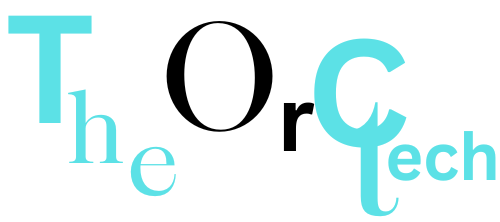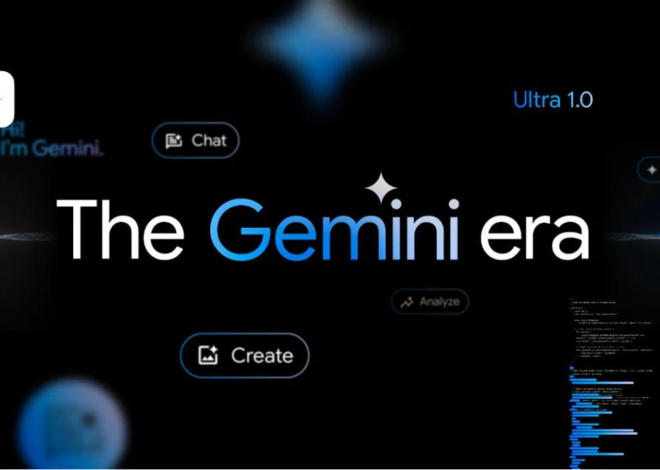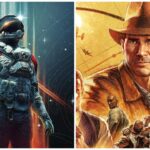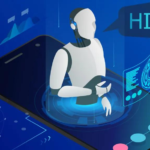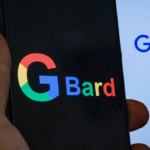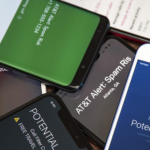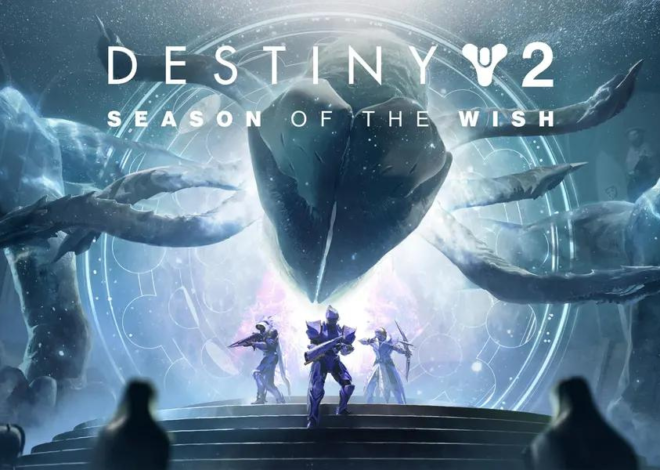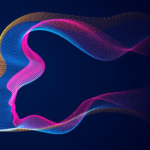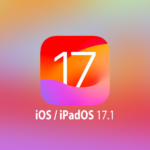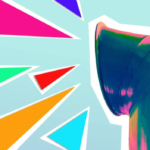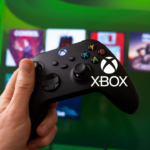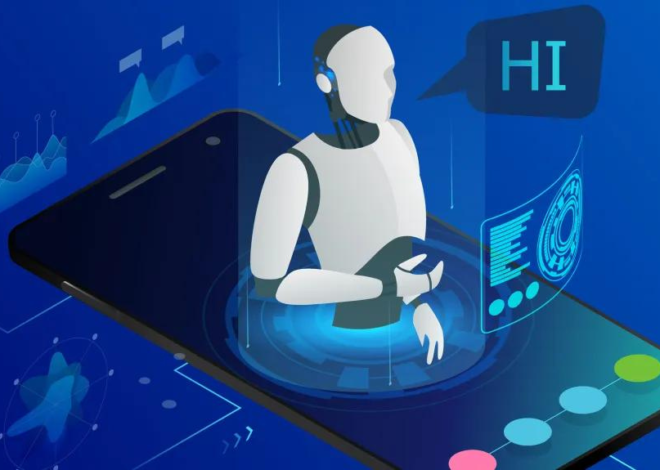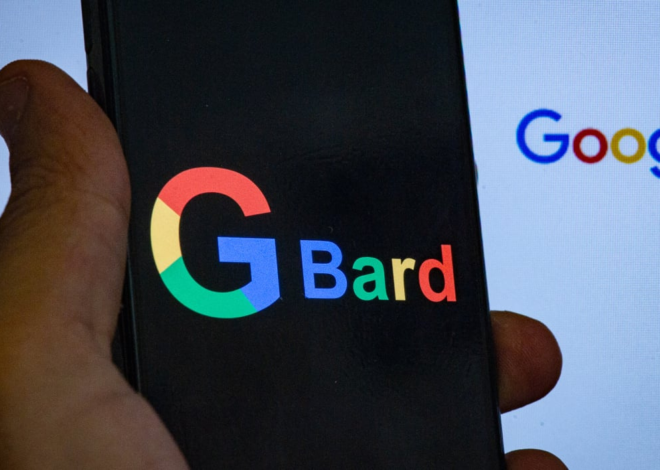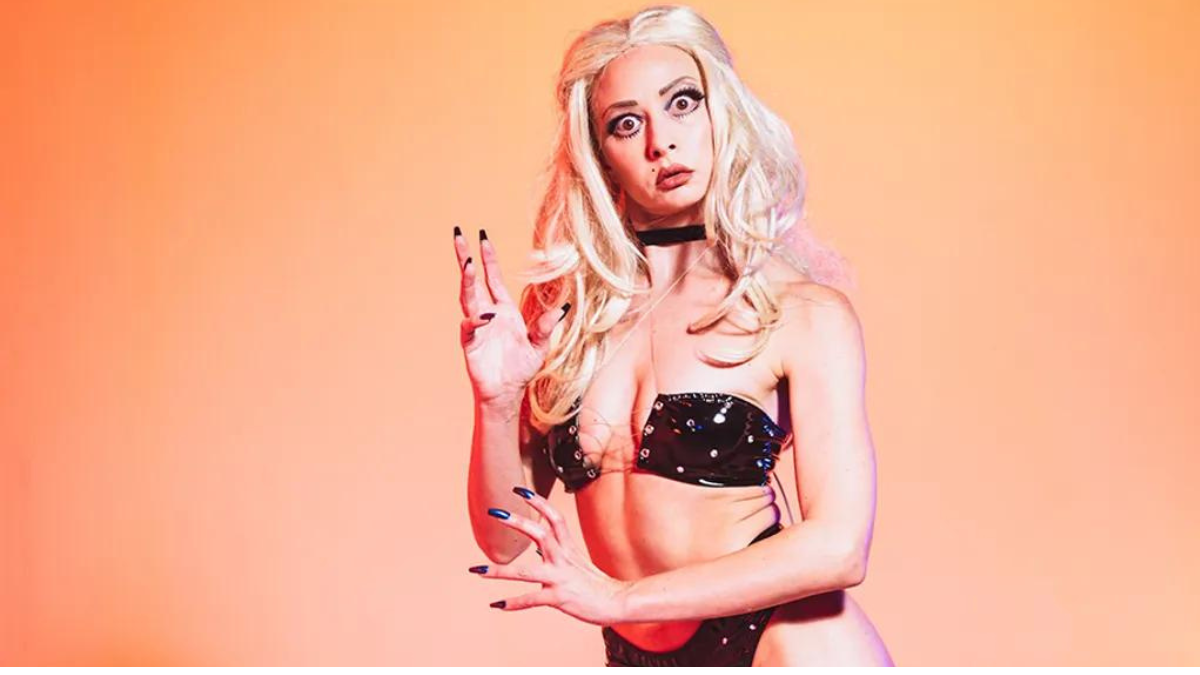
AI Took the Stage at the World’s Largest Arts Festival. Here’s What Happened
AI’s entry into fine arts sparks thrilling debates, altering creativity’s landscape and technology’s role in competitions.
Art and creativity have been transformed by artificial intelligence (AI), which has sparked debate about its impact on creativity and how it interacts with technology. In recent events, AI’s participation in fine arts competitions and performances has stirred up excitement and controversy, prompting us to explore the intriguing connection between AI and the arts in a straightforward manner.
AI Fine Art Competitions
Imagine entering a fine-arts competition, where creativity knows no bounds. Jason Allen did just that when he submitted his artwork, “Théâtre D’opéra Spatial,” to the Colorado State Fair’s fine arts competition. What he didn’t reveal immediately was that his captivating artwork was largely created with the assistance of an AI tool named Midjourney. AI tools, capable of creating realistic images on demand, had played a crucial role in bringing his vision to life.
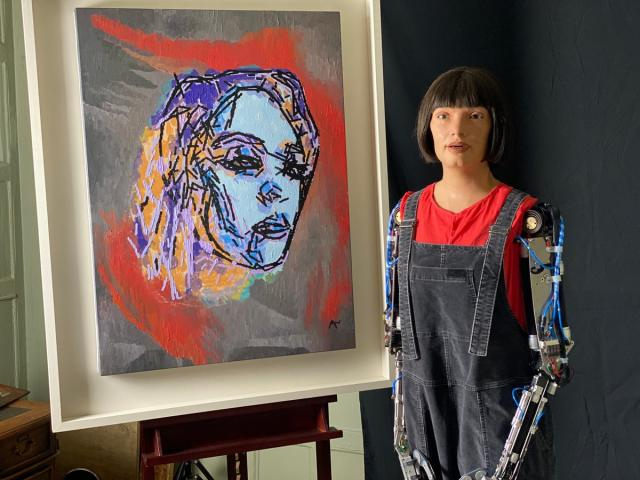
A Blend of Human and AI Creativity
Allen’s artwork, featuring three figures in flowing robes gazing into an otherworldly horizon, left judges awestruck. Some likened it to Renaissance art, while others praised its intricate details. The fascinating aspect was that the judges couldn’t distinguish between human and AI contributions, underlining how rapidly AI-generated art has progressed.
Also Read “AI Misinformation: Why It Works And How To Spot It“
A Tool or a Threat to Artistic Expression?
As a result of the success of AI-generated art, a passionate debate has erupted within the art community. Critics argue that AI art is akin to automated plagiarism, as it draws inspiration from millions of existing art pieces. Additionally, AI has been criticized for potentially eroding the boundaries of reality and overshadowing human creativity.
Artist Jason Allen defends AI as a tool rather than a replacement for human creativity in his controversial artwork. He asserts that without human input and direction, AI cannot unleash its full creative potential.
The Evolution of AI Artistic Industry
AI art has come a long way, driven by advanced text-to-image tools like DALL-E 2 and Midjourney. These tools can not only replicate various visual styles but also create art based on user-defined prompts, from cartoon storybooks to historical diagrams and beyond. Creativity is challenged by the rapid evolution of the art landscape.
Also Read “How Robotaxis Are Dividing San Francisco“
Edinburgh Fringe Festival with AI Art
Artificial intelligence has a significant impact on the arts beyond competition. Theater, stand-up comedy, dance, and clowning were all used at the Edinburgh Fringe Festival to explore AI’s nuances. A mixed response was received from the audience when AI and robots took center stage. While AI played a role in generating material, it often prompted laughter at AI’s expense rather than for its cleverness.
A Collaborative Tool For AI
The Fringe Festival highlighted an essential aspect of AI’s role in the arts—it can assist but not replace human connection and creativity. Artists emphasized that AI should be used as a collaborative tool, helping artists generate ideas and first drafts. The final product, they argue, must remain a human endeavor, preserving the depth of human emotion and experience.
Looking Ahead AI’s Role in Art
As AI continues to evolve, artists are discovering new and exciting ways to incorporate it into their creative processes. While questions about AI’s impact on art persist, it’s clear that AI is here to stay. Recognizing its potential as a creative tool, artists are embracing AI as a means to explore new frontiers of artistic expression.
The dynamic relationship between AI and the arts is both an evolution and a revolution. It challenges traditional notions of creativity, raises ethical questions, and prompts artists to rethink their roles in a world increasingly influenced by technology. AI is not the artist; it’s the brush, and the canvas is still in human hands.
